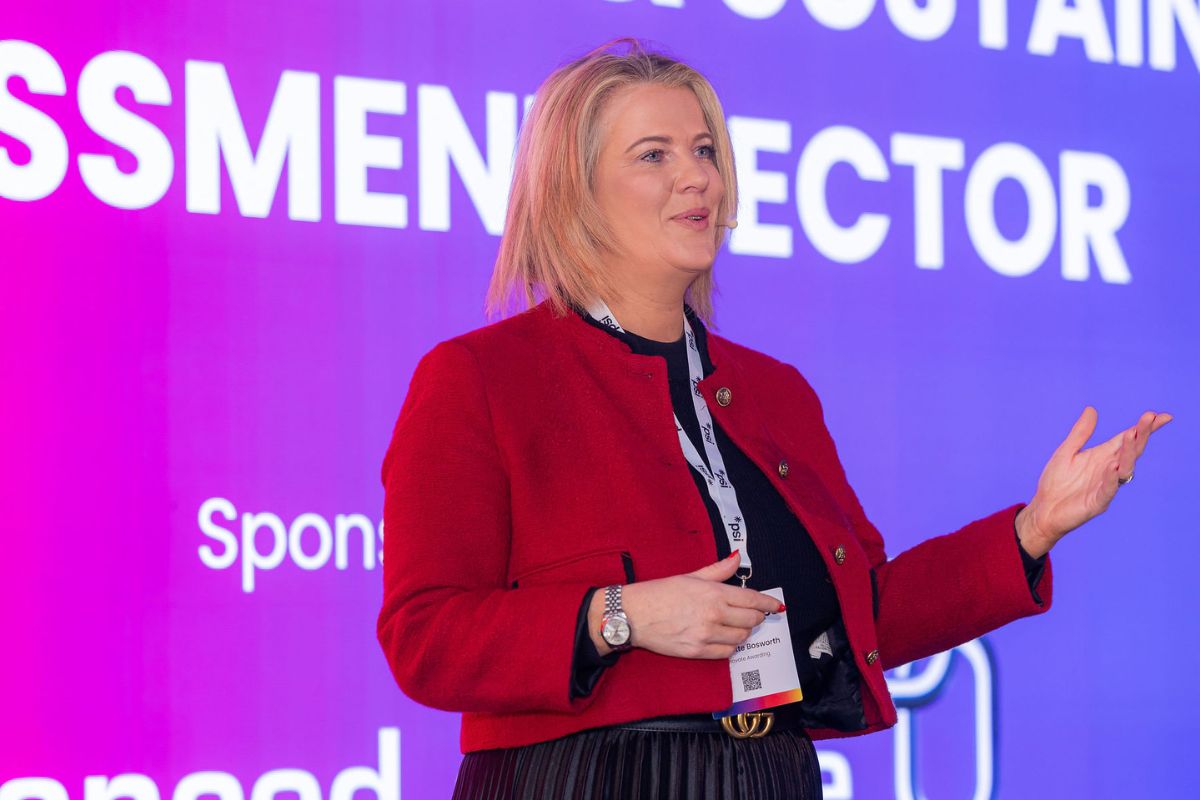Knowing Your Customer

‘The customer is the foundation of a business and keeps it in existence. He (or she) alone gives it employment’ (Peter Drucker 1963).
Have you ever sat down and truly thought about who your customers are, and how you can serve your customer base to ensure positivity for them? A couple questions to discuss with your teams / SLT.
- Who are your customers?
- Have you mapped out your key stakeholders and stakeholders?
Yes, the employer is the customer, and you are the customer when it comes to Awarding Organisations (I will discuss this in the article later), and the employer is the customer with End Point Assessment Organisations (EPAO’s).
- But, how many of you identify the learner or the apprentice as the customer?
- Do you see the learner / apprentice as your customer?
For some you may not identify with this, as you are imparting education through an educational ‘lens’ and curriculum, however a customer is a person or company that receives, consumes or buys a product or service and can choose between different goods and suppliers. The main goal of all commercial enterprises is to attract customers or clients and make them purchase what they have on sale. They also try to encourage them to keep coming back. At the core of marketing is having a good understanding of what the customer needs and values. The true purpose of a business, Peter Drucker said, is to create and keep customers.
With this in-mind and creating a future scope strategy it is important to recognise the ‘learner’ as the customer and to meet the requirements of your ‘customers’.
For decades I was told to always focus on the customer, we did a full exercise to identify our full customer base and to try to build a Customer- Centric Culture, but without fully knowing your customer base or how to service your customers true needs, how will you look at developing a business that will ensure a repeat customer base.?
As an example – you have a learner or group of learners come to you for training (this could be commercially funded or Government Funded), you are accredited by an Awarding Organisation to deliver the course, you see it as an off-the-shelf delivery approach with delivery materials that have been formed and a teacher/assessor/tutor that can deliver with good results. A good success rate is positive, but the ‘customer’ (learner) might not be happy with the service provided or with the materials etc. Yes, they achieve, yes you get your funding but, will they come back to you? Will they tell their family, friends etc about the poor service?
Why is there a need to focus on operations?
- Competitive Advantage (CA): the unique proposition – truly develop your unique proportion by developing it over and over.
- Delivering the marketing message – what is your marketing message? How do you market yourself? What is your brand?
- Customer capture / customer loyalty – focus on developing a true customer-centric culture.
- The CA focus:
o Quality / Speed / Reliability / Flexibility / Cost. What do these mean for you?
o Meeting Demand for the product – Do you look to create demand?
o Process and Physical Layout for meeting customer and company needs – focus on the exact customer need (IT needs as discussed below),
o Quality Service Issues: Developing Delivery Models that are truly customer centric.
o Supply Chain Management (SCM): Lean & Agile: Six Sigma: Just In Time – Focus on a focused SCM approach that lends itself to VCA (Value-Chain Analysis) and VAC (Value-Chain-Creation).
To me, the most common, and perhaps the greatest, barrier to customer centricity is the lack of a customer-centric organisational culture. At most companies, the culture remains product-focused or sales-driven, or customer centricity is considered a priority only for certain functions such as marketing. Yes, in training providers there is a focus on satisfaction (learner satisfaction survey etc), but to me there is not enough on impact measurement and the understanding that being satisfied does not create repeat business. To successfully implement a customer-centric strategy and operating model, there needs to be a real effort made to develop a culture that aligns with them, and one that focuses on managers/leaders who cultivate and harness the mindset and values in their colleagues.
As mentioned above, for over 15 years I have been challenging awarding organisations on their approach to who the customer is, as providers I ask you to ask yourself are you truly the customer when it comes to awarding organisations? Only this week I had to remind a Director of an Awarding Organisation / EPAO that “your ‘values’ are not what you portray on your website”, this was due to them not understanding that a provider is the customer and not just the learner. Do you have an approach with your awarding organisations where you are the customer and they have a customer-centric culture?
Charles Darwin once said” It is not the strongest species that survives nor the most intelligent, but the ones most responsive to change”.
We are now (not just because of COVID-19) in times where loyalty, customer focus, quality and a true focus on the customer is of upmost importance, there are many areas where ‘competitive advantage’ will win and win for all. I champion that organisations can compete towards one (or more) of Slack et al’s (2007) Five Performance Objectives:
- Quality – “Doing things Right”
- Speed – “Doing things Fast”
- Dependability – “Doing things On Time!”
- Flexibility – “Doing things Differently”
- Cost – Doing things Cheaply.
These are key areas of focus and an understanding of these with your customers is key and imperative to develop into a provider for the future.
I am writing this article to focus on the area of ‘Back to Basics’ that Promote-ed is running, however, some of these processes are deeply routed into high strategic leadership. The focus of the customer (learner) is imperative to truly understanding the needs of ‘your’ customer base, I was deeply saddened to read this week Ofsted’s findings of online learning review, especially “Access, engagement and assessment” have been the main challenges for colleges delivering teaching online, Ofsted has said.
Paul Joyce also said, “considerable efforts to support learners in accessing online education, but the lack of suitable technology or connectivity at home remains a problem for a significant minority of learners”.
“While colleges and providers have striven to make sure that learners have the means to learn online, some learners had limited or no access to a device and/or internet at home, meaning they had difficulty in doing their work.” Ofsted found, with those at levels 1 and 2 often finding it harder to engage with the technology necessary for online learning. Courses with a bigger practical component were also more challenging. (TES – 15th July 2020)
Maybe it is me, but why are we surprised about this? This isn’t new and this has been an issue for decades, to me it demonstrates one or two things:
- Providers are not developing to the needs of their customers.
- The review conducted by Ofsted is simple an exercise to go through the motions, the information found has been in the public domain for many years and e-learning/assessing has been around for over 15 years (and in cases much better than what it is now).
The review just proves to me that there has been much lost, and that there is also an approach to point out the obvious.
How does an organisation ‘win’ to build their knowledge bank and understand their customers?
The development of a process to enable effective thought processing and an epicyclic approach to Continuous Improvement (CI) that will ultimately lead to successful quality outcomes for all stakeholders, this may be a cultural shift and will require a change plan through a Change Acceleration Process (CAP). By ensuring there is a direct mechanism that drives change, through CAP management – linking this into escalation of problems to focus on the reasons as to why/why not, thus enabling a process of free thought and development. Creating a customer-centric culture and define the needs of your customers to ensure success. Develop a culture where you:
- Operationalise customer empathy,
- Facilitate direct interaction with customers,
- Link employee culture to customer outcomes,
- Re-create a peer-peer group review where information can be shared and utilised throughout providers.
Patrick Tucker
Discuss in the Promote-Ed Forums











Responses